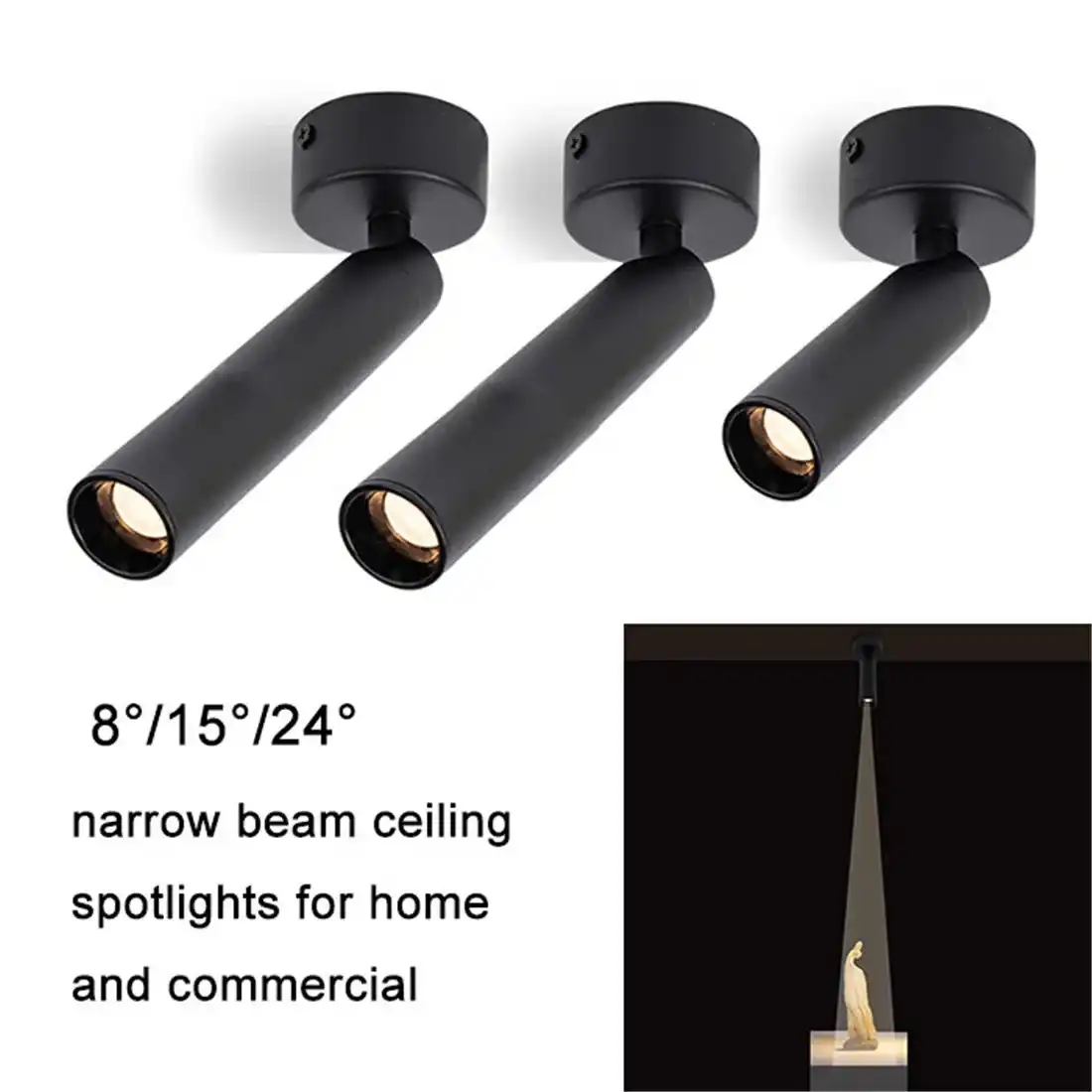Grasping the Energy Efficiency of LED Table Lamps
The Science Behind LED Lighting
LED, or Light Emitting Diode, technology has transformed the lighting industry with its remarkable energy efficiency. Unlike incandescent bulbs that produce light by heating a filament, LEDs generate illumination through a process called electroluminescence. This phenomenon occurs when electrons move through a semiconductor material, releasing energy in the form of light.
The efficiency of LED table lamps stems from their ability to convert a higher percentage of energy into visible light, rather than wasting it as heat. This fundamental difference in light production is the cornerstone of LED's energy-saving prowess. While incandescent bulbs typically convert only 10% of energy into light, LEDs can achieve efficiency rates of up to 90%.
Comparing Wattage and Lumens
To truly appreciate the energy efficiency of LED table lamps, it's crucial to understand the relationship between wattage and lumens. Wattage measures energy consumption, while lumens quantify light output. Traditional incandescent table lamps often require 60 watts to produce about 800 lumens of light. In contrast, an LED table lamp can deliver the same brightness using merely 8-12 watts.
This stark difference in energy consumption becomes even more apparent when considering long-term usage. Over the course of a year, an LED table lamp used for 3 hours daily could save approximately 57 kilowatt-hours of electricity compared to its incandescent counterpart. This translates to substantial energy savings and a reduced carbon footprint.
Longevity and Maintenance
The energy-saving benefits of LED table lamps extend beyond their operational efficiency. These modern lighting solutions boast impressive lifespans, often lasting 25 times longer than traditional incandescent bulbs. This longevity not only reduces the frequency of replacements but also minimizes the energy and resources required for manufacturing and disposing of spent bulbs.
Moreover, the durability of LED technology means that table lamps equipped with these bulbs require less maintenance. The absence of fragile filaments makes LED bulbs more resistant to vibrations and impacts, ensuring consistent performance over time. This reliability further contributes to energy conservation by eliminating the need for premature replacements due to accidental breakage or wear.
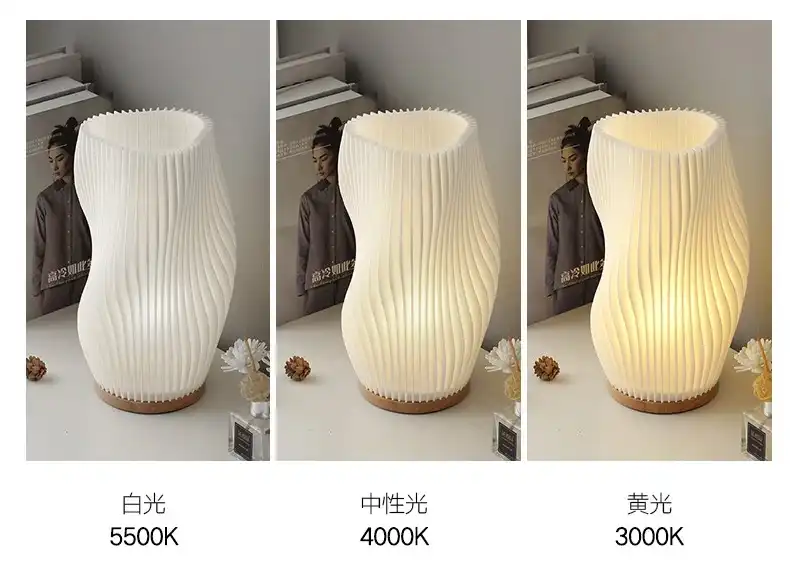
The Environmental Impact of Choosing LED Table Lamps
Reduced Carbon Emissions
The energy efficiency of LED table lamps directly translates to a reduction in carbon emissions. By consuming less electricity, these lamps decrease the demand on power plants, many of which still rely on fossil fuels. A single LED table lamp can prevent up to 400 pounds of greenhouse gas emissions over its lifetime when compared to an incandescent equivalent.
This environmental benefit is magnified when considering the widespread adoption of LED lighting in homes and offices. As more consumers switch to LED table lamps, the cumulative effect on carbon emissions becomes increasingly significant, contributing to global efforts to combat climate change.
Minimizing Light Pollution
LED table lamps offer another environmental advantage through their ability to minimize light pollution. The directional nature of LED light allows for more precise illumination, reducing the amount of wasted light that escapes into the surrounding environment. This characteristic is particularly beneficial in urban areas where excessive artificial light can disrupt ecosystems and interfere with natural circadian rhythms.
By choosing LED table lamps with appropriate shades and fixtures, consumers can contribute to creating more environmentally friendly lighting solutions that respect both human and wildlife habitats. This consideration extends the energy-saving benefits of LEDs beyond mere electricity consumption to encompass broader ecological concerns.
Sustainable Manufacturing and Disposal
The sustainability of LED table lamps is not limited to their operational phase. The manufacturing process of LED bulbs typically requires fewer resources and generates less waste compared to the production of incandescent bulbs. Additionally, LED bulbs do not contain hazardous materials like mercury, which is present in some other energy-efficient lighting options.
At the end of their long lifespan, LED bulbs are often recyclable, further reducing their environmental impact. Many components, including the valuable rare earth elements used in LED production, can be recovered and reused. This closed-loop approach to manufacturing and disposal aligns with principles of circular economy, making LED table lamps a more sustainable choice from production to end-of-life.
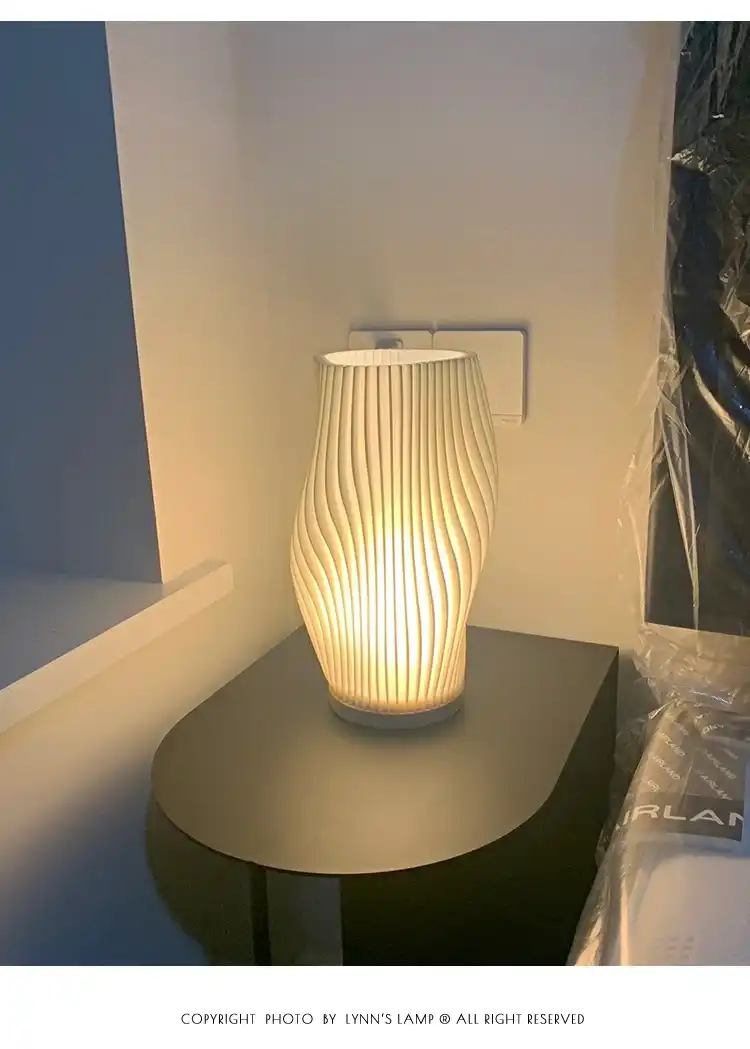
Economic Benefits of LED Table Lamps
Long-Term Cost Savings
While the initial purchase price of LED table lamps may be higher than their incandescent counterparts, the long-term economic benefits are substantial. The energy efficiency of LEDs translates directly into lower electricity bills. Over the lifetime of the lamp, these savings can amount to hundreds of dollars per fixture.
To illustrate, consider a scenario where a table lamp is used for 5 hours daily. An LED bulb consuming 12 watts would use approximately 21.9 kilowatt-hours of electricity annually, compared to 109.5 kilowatt-hours for a 60-watt incandescent bulb. At an average electricity rate of $0.13 per kilowatt-hour, this represents a yearly saving of over $11 per lamp. Multiply this by the number of lamps in a household and the potential for savings becomes evident.
Reduced Replacement Costs
The longevity of LED table lamps significantly reduces replacement costs. With a lifespan of up to 25,000 hours or more, a single LED bulb can outlast 25 incandescent bulbs. This durability not only saves money on replacement bulbs but also reduces the time and effort spent on maintenance.
For businesses and institutions using multiple table lamps, the reduction in replacement costs and maintenance time can lead to substantial savings. The operational efficiency gained from less frequent bulb changes and reduced downtime contributes to overall cost-effectiveness.
Versatility and Added Value
LED technology offers versatility that can add value to table lamps beyond simple illumination. Many LED table lamps come with features such as dimming capabilities, color temperature adjustments, and even smart home integration. These additional functionalities enhance the user experience and can contribute to further energy savings through customized lighting scenarios.
The ability to fine-tune brightness and color temperature not only improves comfort and productivity but also allows for more efficient energy use. By adjusting the light output to specific needs and times of day, users can optimize their energy consumption without compromising on lighting quality.
Government Incentives and Rebates
Many governments and utility companies offer incentives and rebates for adopting energy-efficient lighting solutions, including LED table lamps. These financial incentives can significantly offset the initial higher cost of LED technology, making the transition more accessible to a broader range of consumers.
By taking advantage of these programs, households and businesses can accelerate their return on investment in LED lighting. The combination of energy savings, reduced maintenance costs, and potential rebates makes LED table lamps an economically sound choice for both short-term and long-term financial planning.
Conclusion
The comparison between LED and incandescent table lamps clearly demonstrates the superior energy-saving capabilities of LED technology. From significantly reduced energy consumption and lower carbon emissions to long-term cost savings and enhanced functionality, LED table lamps offer a compelling array of benefits. As we move towards a more sustainable future, the adoption of LED lighting in our homes and workspaces represents a simple yet effective step in reducing our environmental impact while enjoying improved lighting quality.
For those looking to make the switch to energy-efficient LED table lamps or seeking more information about advanced lighting solutions, USKYLED offers a wide range of innovative products designed to meet diverse lighting needs. Our team of experts is ready to assist you in finding the perfect LED lighting solutions for your space. Contact us at sales@uskyled.com to learn more about how you can illuminate your world more efficiently and sustainably with LED technology.
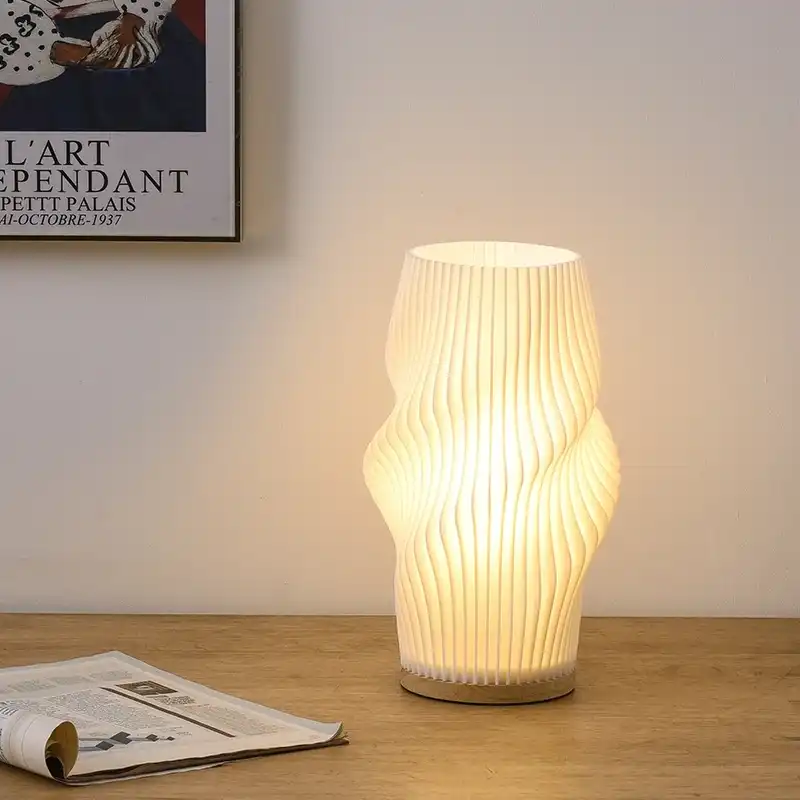

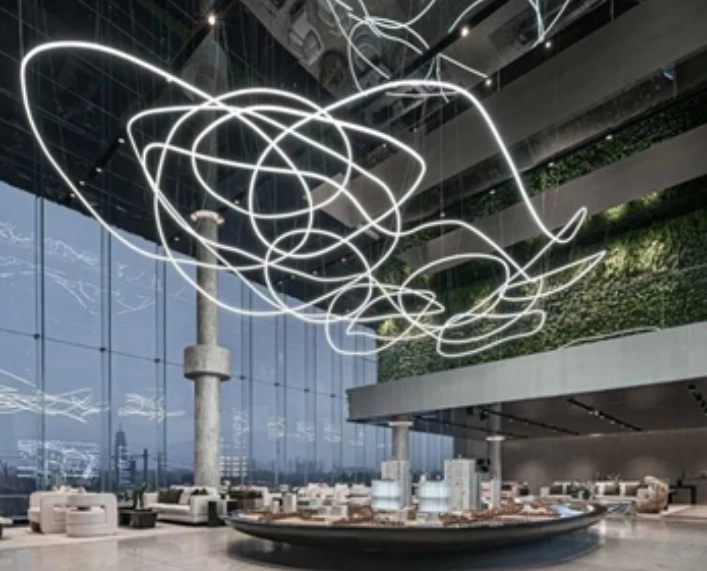
![What is Dimmable Track Lighting for Museum: Best Guide [2025]](/icms/upload/0d08cc601e7611f0b542b3ca0c0f4a83/pic/knowledgemanager-knowledgepic/e7879f32605f11f081911f363b8c1ed0/Directory/20250717 dimmable track lighting -1(1)_1752739217941.webp)
